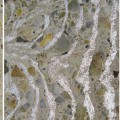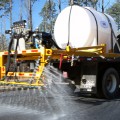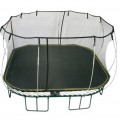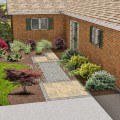
How Concrete Pavers are Made
Interlocking concrete pavers (also known as segmental pavers) have been used for thousands of years, but it wasn’t until the 1940s that concrete was used in their mass-production. This process began in the Netherlands, which is why pavers were (and sometimes still are) called Holland Stones. Because the country is below sea level, the ground shifts regularly creating an environment where flexible surfaces are a necessity. Prior to concrete, pavers were either made from stone or a type of clay product.
Concrete pavers are made from a very dry mix of gravel, sand, cement, and a coloring agent. The ingredients are moved with conveyor belts and placed into molds. A vibrating press compresses the concrete into the mold, causing the small amount of water within the mixture to set the cement.
Typically, the load strength of a surface produced from poured concrete is approximately 2,000 pounds per square inch. To meet industry standards, interlocking concrete pavers must withstand a minimum of 8,000 pounds per square inch – that’s at least four times stronger than a poured concrete surface – though they generally exceed this minimum requirement to a large degree. To see an interesting video of concrete pavers being manufactured, click here (via the Discovery Channel’s “How It’s Made”).











